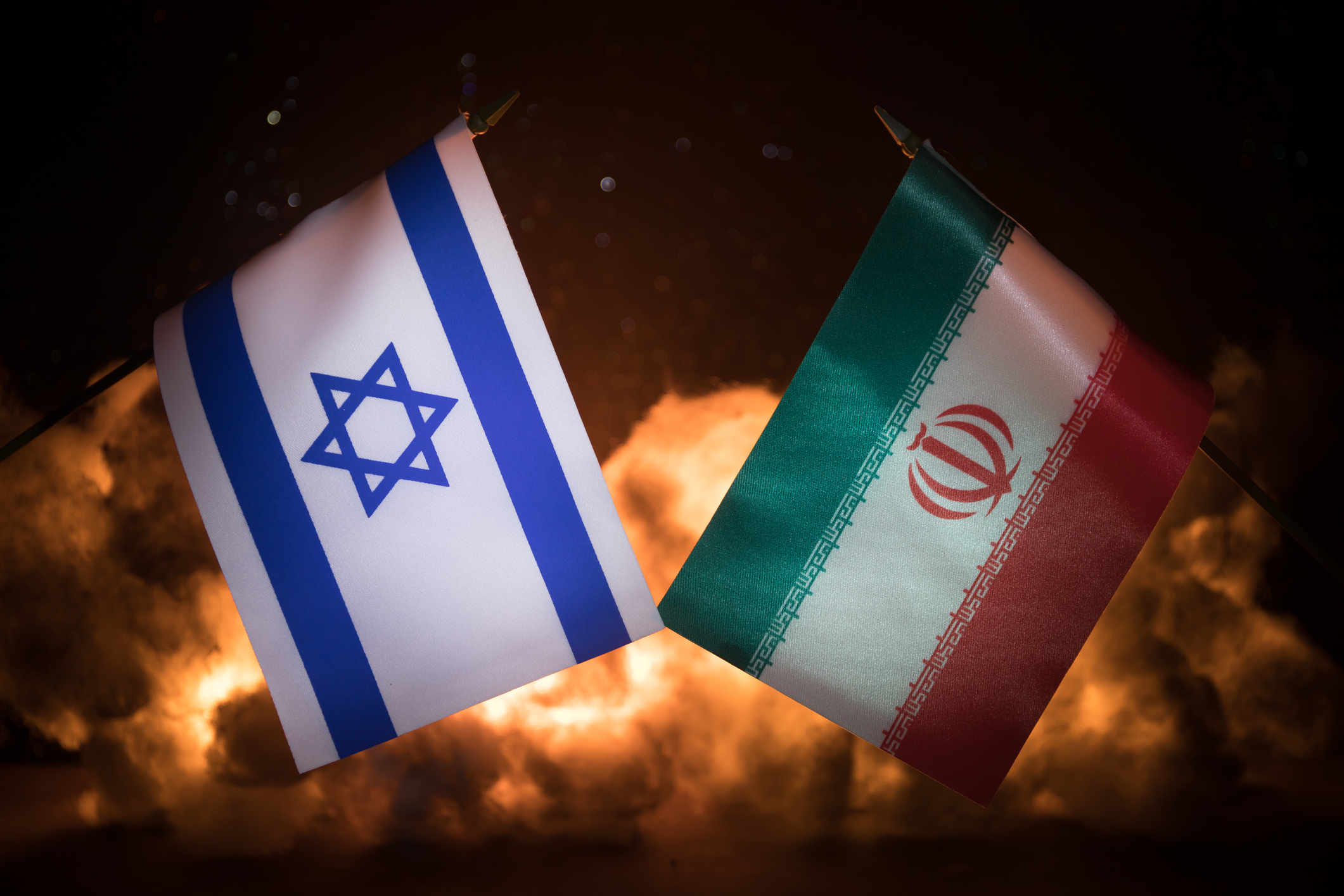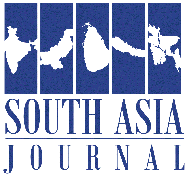
On June 22nd, at a site buried deep beneath the Iranian mountains near Qom, the world tilted. U.S. B-2 bombers struck Fordow, one of Iran’s most fortified nuclear enrichment facilities, in an unprecedented escalation. President Donald Trump called the operation a “spectacular military success.” History may remember it otherwise. The bombing marked the first direct U.S. act of war against Iran since 1978—a moment not just of military force, but of moral and geopolitical rupture.
Fordow is no ordinary installation. Located 80 meters underground and designed to withstand direct assaults, it houses roughly 3,000 centrifuges across a 54,000-square-foot facility. Israel has long lacked the capability to strike such a target. Only the U.S. possesses the required hardware: the 30,000-pound GBU-57 “bunker buster,” carried exclusively by B-2 bombers. Just days before the strike, Trump voiced hesitation: “We are the only ones who can do it, but that doesn’t mean I’m going to.” That hesitation vanished in the smoke of detonations.
This operation does not exist in a vacuum. It expands a regional war that began in Gaza and has already claimed more than 50,000 lives. The risk of horizontal escalation—drawing in Russia, China, and other powers—is real. Vertical escalation, with higher levels of force, is equally likely. The U.S. has now fully inserted itself into Iran’s nuclear trajectory and the broader arc of Middle Eastern volatility.
For Israel, the attack brings immediate tactical relief. Its air defense systems, strained by conflict, have received a brief reprieve. But for the rest of the world, the consequences are perilous. The specter of global war, long dormant, is stirring again.
Two paths lie ahead. The first—continued escalation—could drag the world into widespread destruction. The second—a unilateral Israeli de-escalation backed by multilateral diplomacy—is less destructive and still possible. Yet the first path now appears to have been chosen, under the illusion that overwhelming force can create peace. The urgency now is not in striking targets but in rebuilding the diplomatic architecture that once restrained such escalations—the Joint Comprehensive Plan of Action (JCPOA) being one such example, now defunct.
History offers a sobering warning. Regime change through aerial bombardment is a fiction with a long, violent record. As political realist John Mearsheimer argues, Iran cannot be defeated from the air, nor can its regime be toppled without a prolonged ground war—something the American public and its allies are unlikely to support. The notion that airstrikes will lead to surrender or collapse ignores Iran’s strategic resilience and entrenched regional posture.
Consider the U.S. track record:
U.S. Bombing Campaigns Aimed at Regime Change: A Record of Failure
| Country | Year(s) | Objective | Outcome |
| Vietnam | 1965–1973 | Halt communism, force peace | U.S. withdrew; North Vietnam won. |
| Iraq | 1991–2003 | Remove Saddam, enforce compliance | Saddam removed; insurgency and civil war followed. |
| Libya | 2011 | Protect civilians, remove Gaddafi | Gaddafi toppled; Libya remains fragmented. |
| Afghanistan | 2001–2021 | Remove Taliban, build democracy | Taliban returned post-U.S. withdrawal. |
| Syria | 2014–2024 | Pressure Assad, later fight ISIS | Assad ousted in late 2024; instability continues. |
| Iran (ongoing) | 2025 | Delay nuclear program, pressure the regime | Outcome pending; early signs suggest repetition. |
None of these interventions produced lasting peace or stable, democratic regimes aligned with Western interests. Iran is unlikely to prove different. Nuclear activities can be relocated. Leadership can regroup. And if the regime collapses, the resulting vacuum could unleash chaos beyond Iran’s borders.
Beyond the immediate damage, the Fordow strike underscores a dangerous strategic misalignment. Instead of maintaining its focus on the Indo-Pacific—where the rise of China poses a systemic long-term challenge—the U.S. has plunged deeper into a theater it has repeatedly failed to reshape. This pivot away from Asia risks diminishing American credibility among Quad partners and empowering China, whose non-interventionist posture has growing appeal across the Global South.
A recent report from the Center for a New American Security (CNAS) outlined what the U.S. should be doing instead. It called for expanding the Indo-Pacific Maritime Domain Awareness initiative through regional information fusion centers, particularly in the western Indian Ocean. It urged broadening the Quad-at-Sea Observer Mission, investing in undersea cable infrastructure, coordinating enforcement on sabotage risks, and building resilient supply chains through the Quad Investors Network. Most importantly, it emphasized deeper engagement with ASEAN and Indo-Pacific subregional alliances. Southeast Asia remains contested ground—and without sustained U.S. attention, that ground could tilt further toward Beijing.
The deeper concern, as Fareed Zakaria has noted, is President Trump’s failure to view foreign policy through a geopolitical lens. His approach remains transactional and improvisational, without long-term strategy. This narrow vision erodes trust not only among American allies in Europe, but increasingly in Asia, where regional powers are beginning to hedge and explore alternative alignments.
In Winds of Change, my forthcoming book of South and Southeast Asian realignments, I trace this erosion of confidence in U.S. leadership. The region does not seek hegemony. It seeks stability. Diplomatic engagement, multilateral cooperation, and regional sensitivity must replace the outdated logic of preemptive strikes. It is not the magnitude of firepower but the measure of prudence that will determine who leads the world through this uncertain chapter. Stability cannot be delivered through bunker busters. It must be forged through diplomacy, foresight, and restraint.
The strike on Fordow is not just another chapter in U.S. military history. It is a hinge moment. It raises urgent questions about the trajectory of American strategy and the cost of its entanglements. Whether this path leads to deterrence or disaster depends not on firepower, but on what follows: a choice between domination and dialogue.
The Rubicon has been crossed. What comes next will shape not just the Middle East—but the global order itself.
